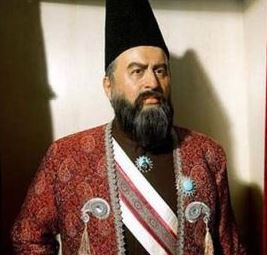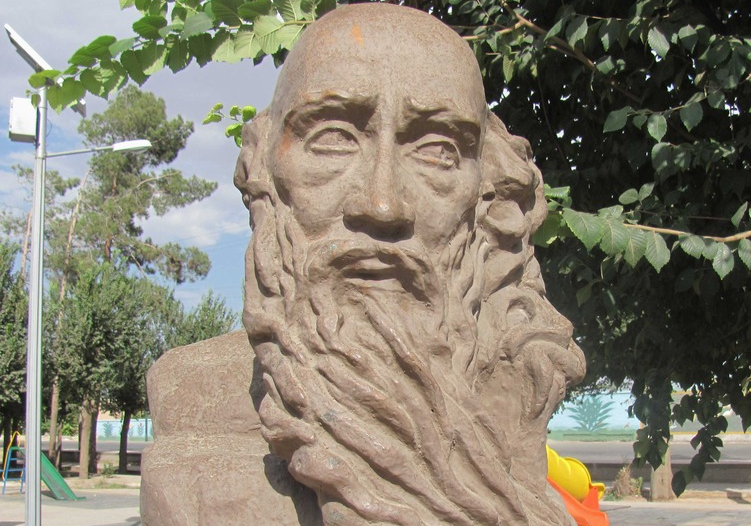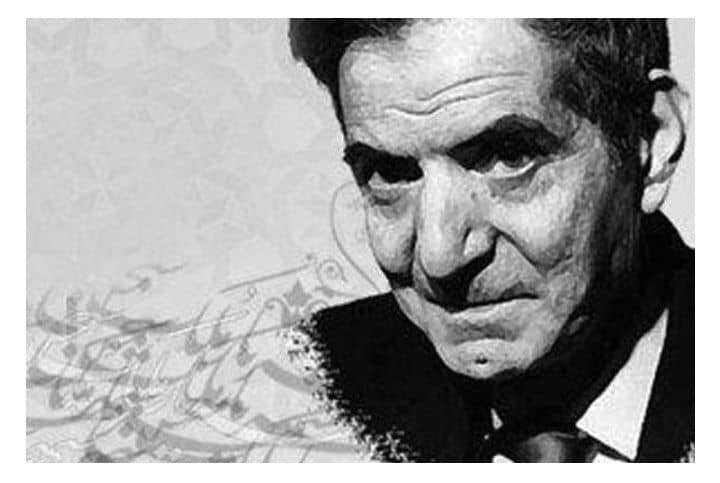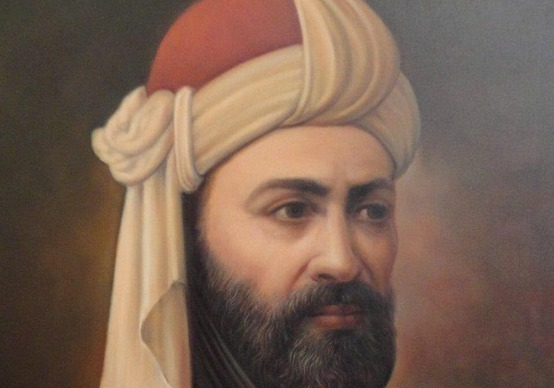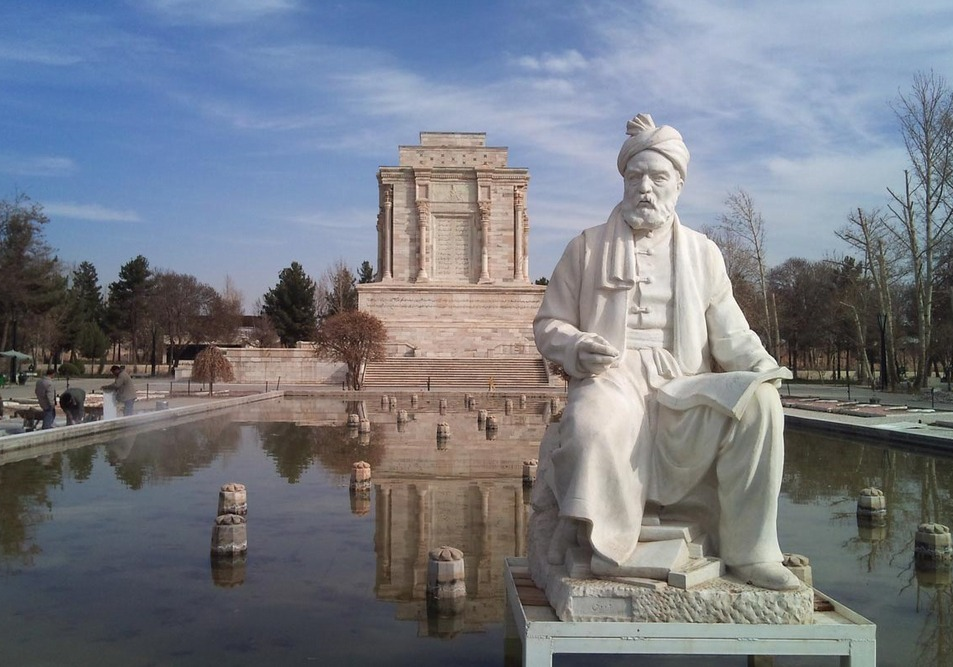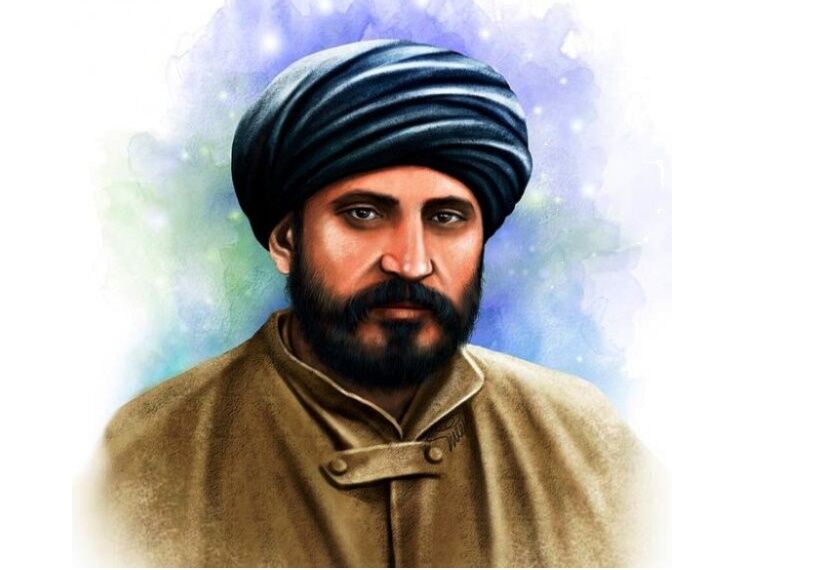
Ghazali
Ghazali
Ghazali has left behind many written works, the most important and influential of which are “Tahaft al-Falasfa”, which was written against philosophers and philosophical beliefs and methods, and “Ihya’ Ulum al-Din” (Revival of the sciences of religion), which was written about Sufism and ethics. Towards the end of his life, he summed up this book that came to be known as the “Kimiyaye Sa’adat” (Alchemy of Happiness).
Orientalists and scholars such as Gash, McDonald, Goldziher, Louis Massignon, Essin Placisus, Montgomery Watt, Maurice Bougirere, Michel Alar, and Abd al-Rahman al-Badawi have researched about Ghazali’s writings. In his book “Mu’allafat al-Ghazali”, published in 1960 Abd al-Rahman Badawi talks of 457 books attributed written by Ghazali, 72 of which are undoubtedly considered to belong to Ghazali. Ghazali’s works can be divided into 5 periods of his life:
A - His works written during the years of gaining knowledge;
B - The works written during the first period of lessons and discussions;
C - The works written during the period of his solitude;
D - The works written after returning to normal life and the second period of lessons and discussions;
E - The works written in the last years of his life.
Ghazali is buried in the Tabaran district of Tus in Iran.
| Name | Ghazali |
| Country | Iran |
| Nickname | Abu Hamed Mohammad ibn Ahmad Ghazali |


Choose blindless
Red blindless Green blindless Blue blindless Red hard to see Green hard to see Blue hard to see Monochrome Special MonochromeFont size change:
Change word spacing:
Change line height:
Change mouse type:


